Look, I get it—when you’re up to your elbows in packing tape and cardboard, saving the planet might not be your top priority. But what if I told you the greenest packaging options are often cheaper and work better than the conventional stuff?
I learned this the hard way when helping my sister move last summer. We ran out of bubble wrap and started using her kid’s old stuffed animals as padding (true story). Turns out, that weird hack was more eco-friendly than the plastic junk we’d bought.
Here’s what actually works, based on real trial-and-error—not just some corporate sustainable packaging checklist.
Why Your Grandma’s Packing Methods Were Actually Genius?
Remember when people moved houses with nothing but newspapers and quilts? Turns out they were onto something:
- Ball up old socks for wrapping glasses (way softer than you’d think).
- Egg cartons are perfect for small fragile items.
- That ugly sweater you never wear? Instant vase protector.
Pro tip: If you’re storing things long-term in a unit, natural fabrics like cotton breathe better than plastic anyway. At County Line Storage, we’ve seen moldy plastic-wrapped boxes—but never a moldy wool blanket-wrapped dish set.
The 3 Eco-Friendly Packagings Actually Worth Buying
Most “green” packing products are overpriced nonsense. These are the exceptions:
- Paper tape
- Sticks better than plastic tape in my experience.
- Tears cleanly (no teeth marks needed).
- Boxes stay recyclable.
- Mushroom packaging (yes, really)
- Grows from agricultural waste.
- Dissolves in your garden when done.
- Costs about the same as Styrofoam.
- Inflatable pillow bags
- Made from recycled plastic waste materials.
- Take up zero space when not in use.
- Reusable for multiple moves.
The One Thing You Should Never Do
Don’t fall for “compostable plastic” wraps unless you have an industrial composter. That stuff just turns into microplastics in your backyard pile. Stick to materials you can:
- Reuse (like our rental plastic bins).
- Recycle curbside.
- Literally eat (okay maybe not eat, but you get the idea).
How This All Works With Storage?
Here’s what we’ve noticed after helping thousands of customers:
- Cardboard breaks down in humid units (even the “heavy duty” stuff).
- Plastic bins prevent dust better long-term.
- Natural fiber blankets prevent temperature swings.
Fun fact: Last month, a customer stored a vintage record collection wrapped in felt scraps—zero damage after 6 months. Meanwhile, the bubble-wrapped dishes next to it got condensation marks.
Your Action Plan
- Raid your linen closet before buying anything
- Hit up the liquor store for free wine box dividers (perfect for glasses)
- Check our storage unit specials if you need overflow space
Because let’s be real—the most eco-friendly move is the one where you don’t panic-buy packing supplies at 2 AM.

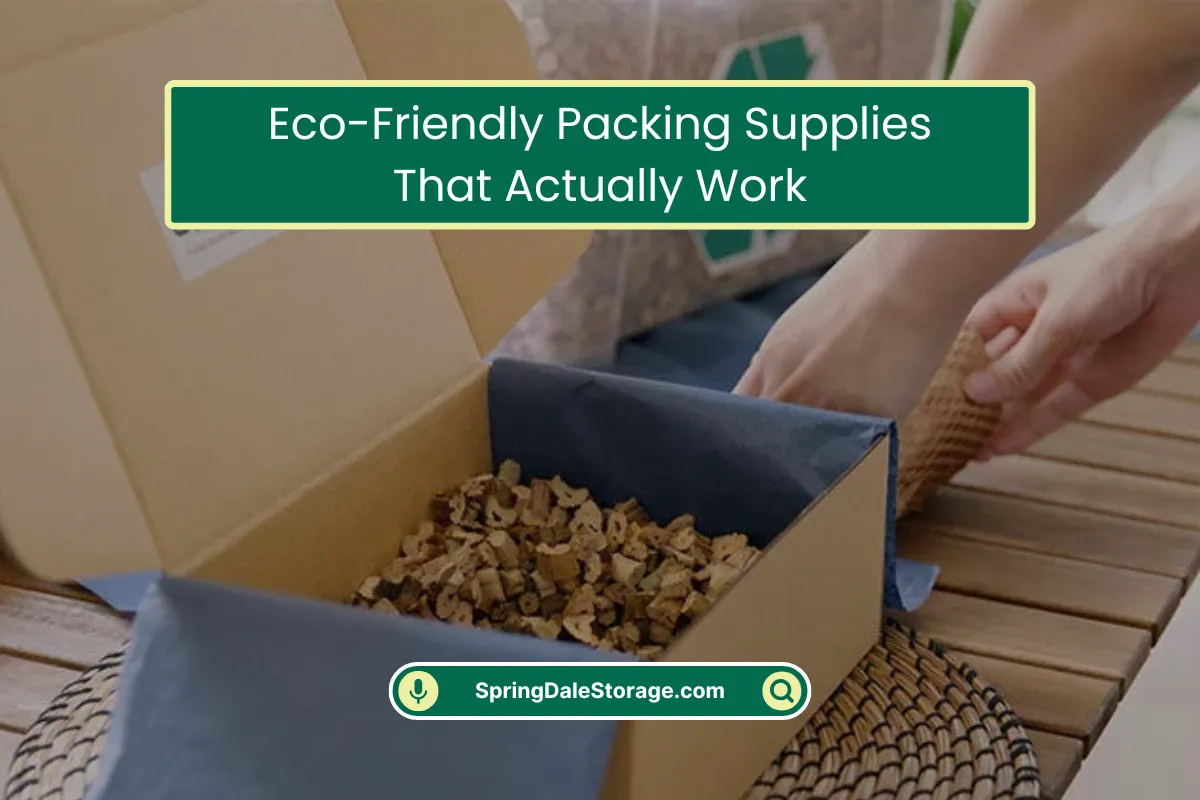

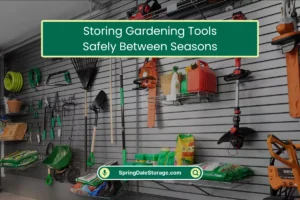
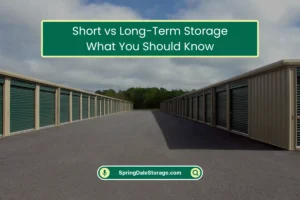
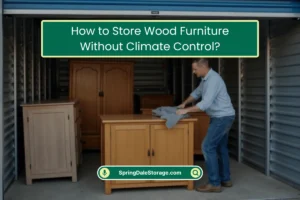

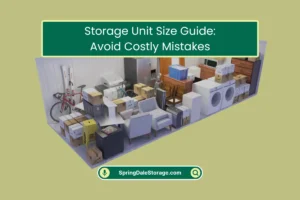



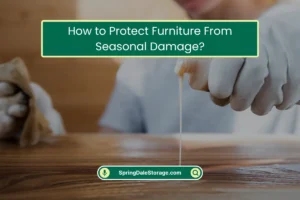

0 Comments